With the “Reflect” exhibition, the Belgrade-based Museum of African Art built a bridge over seven thousand kilometres long and created space for permanent cultural dialogue, exchange and intertwining of artistic practices of Serbia and Namibia. Neither the pandemic nor geographical distance is an obstacle to improving understanding and cooperation with other peoples and cultures.
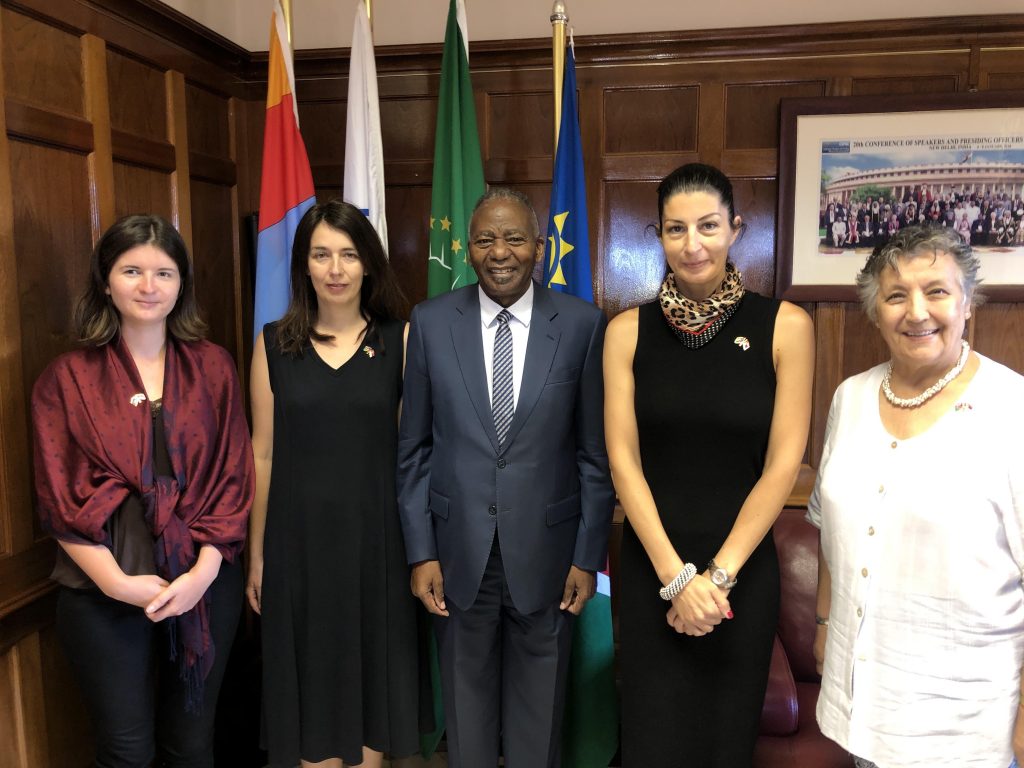
The Museum of African Art (MAU) in Belgrade is a unique institution of culture in Southeast Europe. Since its founding (in 1977), at a time when the Non-Aligned Movement and anti-colonialism brought on a new spirit in political, economic and cultural relations between nations, to date, this museum has promoted and popularized the cultural and artistic creativity of African peoples. Just before the pandemic outbreak, the museum’s team had a one-of-a-kind opportunity to travel to the capital Windhoek for a working visit to the National Art Gallery of Namibia (NAGN), which resulted in a memorable experience and an exhibition called “Reflect – Namibia After 30 Years of Independence”. This project of exceptional international and inter-institutional significance, which additionally strengthens the decades-long friendly relationship between our two peoples, was initiated by the Honorary Consul of Namibia in Serbia, Vasilije Bošković, and his wife Draga. We have talked with the director of the Museum of African Art, Dr Marija Aleksić, about the exhibition and the museum in general.
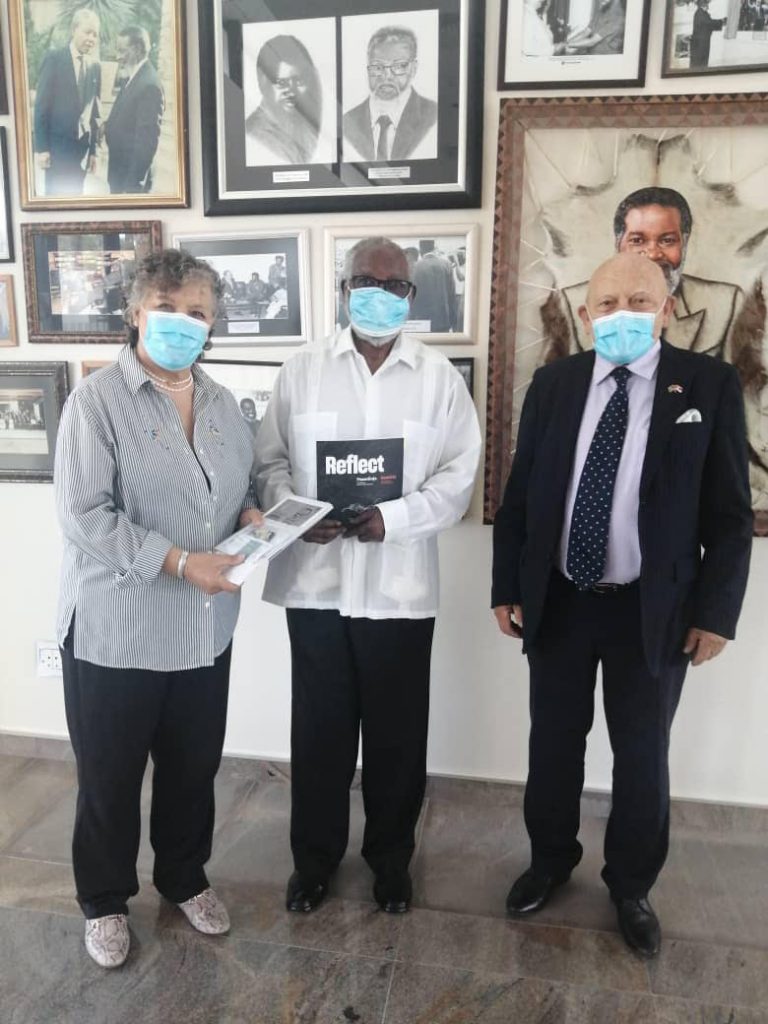
Thanks to the decades-long diplomatic engagement of the Bošković family, Serbia and Namibia have forged unbreakable ties, while the MAU and NAGN established official partnership. How did this collaboration come about?
Namibia, first a German colony, and then under the South-African “mandate”, was one of the African countries to gain freedom which happened in 1990. Our historical ties date back to the time of the struggle for independence and are still very strong and lively in the collective memory of the Namibians. The Honorary Consul of Namibia in Serbia, Vasilije Bošković, has been persistently promoting cooperation in the political, diplomatic and economic segments for a long time, but the idea for forging cultural ties came from his wife Draga. Her idea was to include Belgrade in the celebration of the 30th anniversary of Namibia’s independence. Thanks to her perseverance, inexhaustible enthusiasm and energy, we had the privilege to travel to “The Land of Brave ” and then stage the first exhibition of contemporary Namibian art in Serbia. The days spent in Windhoek and Draga’s warm personality and hospitality, as well as her insatiable desire to contribute to Serbia and Namibia – two distant and friendly countries and cultures that have a big heart and a lively predisposition – getting to know each other better and drawing closer to each other will always remain one of our fondest memories.
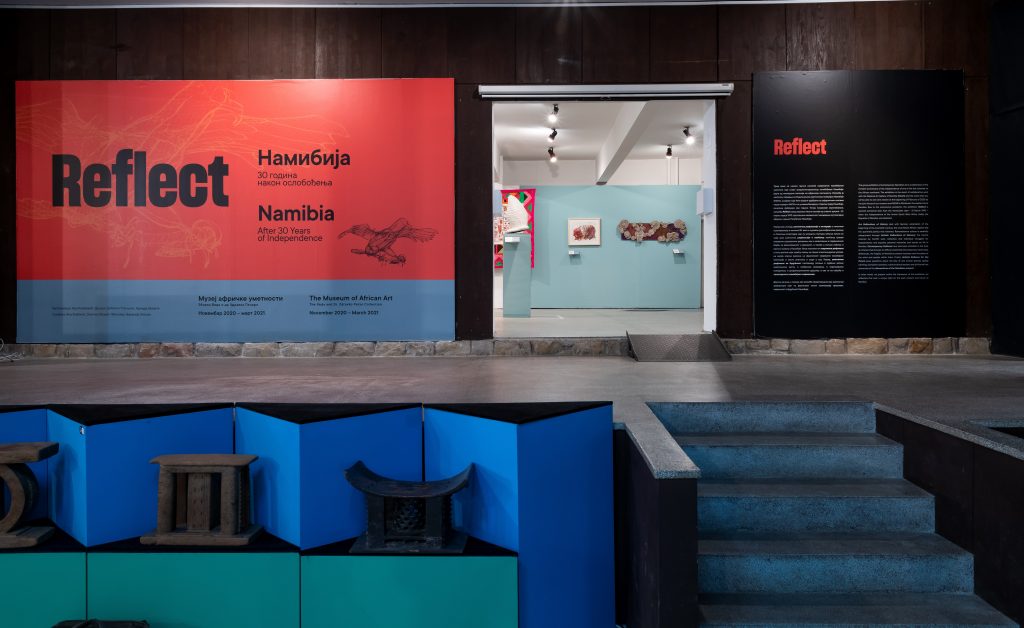
The “Reflect – Namibia After 30 Years of Independence” exhibition was the reason for your stay in Windhoek. What are your impressions of this country in South Africa?
The uniqueness of this exhibition is reflected in the way it was staged – it showcases the artwork of contemporary Namibian artists which they created following a joint invitation by the MAU and NAGN, a pioneering experience in our practice so far. We selected the artwork when we arrived and as a result of the cooperation with colleagues from the NAGN. The curators of MAU and NAGN, Ana Knežević, Ndeenda Shivute and Desiree Dibasen Nanuses, are the authors of the exhibition’s concept and the accompanying catalogue.
The historical context, Namibia’s present, as well as the thoughts, fears and hopes of not only artists but also ordinary people about the country’s future, would certainly be far less clear to us if a two-week study visit did not take place, during which we had the opportunity to visit the most important cultural institutions in the country – numerous galleries, museums and cultural centres and meet some of the artists whose work was exhibited (Erik Schnack, Alfeus Mvula, Barbara Piron, Michelle Isaak, Frans Nambinga, Kabelo Kim Moodise and others), but also to experience a part of Namibian everyday life by walking around the city streets.
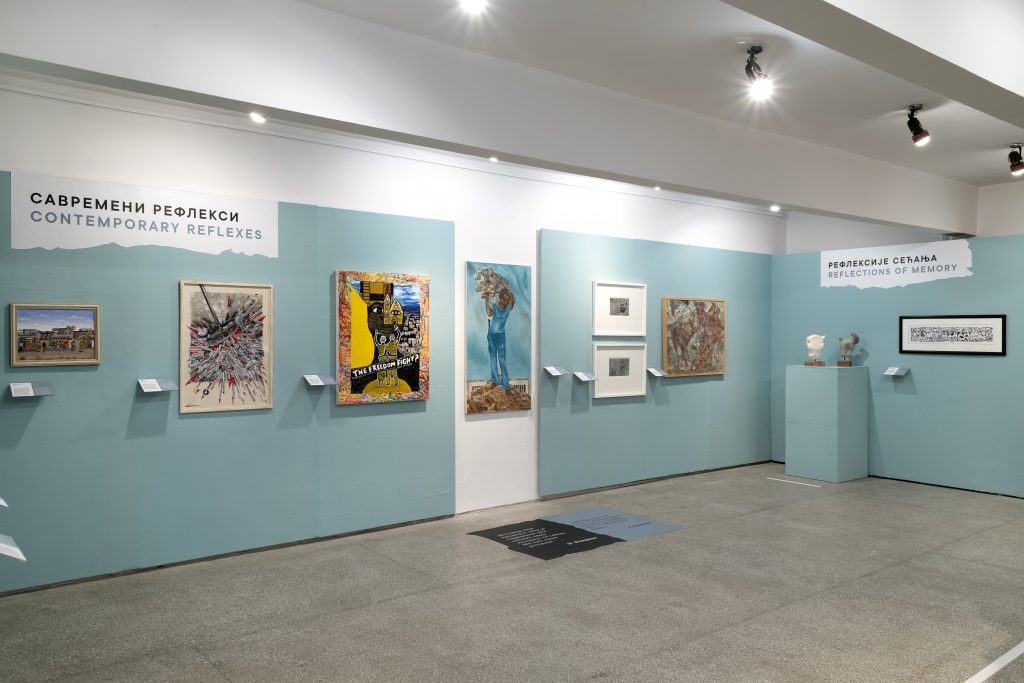
We will remember the visit to Spitzkoppe and its grandiose granite rocks which preserved the prehistoric drawings of the San people. Then there were the sand dunes of the Namibian Desert – the oldest desert in the world, exploring Swakopmund, its museums and unique architecture, a visit to Katutura, a Windhoek suburb where the vitality of Namibian multiculturalism, but also the brutality of Namibian history were shown to us in their entirety, etc. In addition to this memorable experience, our visit was marked by an intensive exchange of knowledge and joint activities with the NAGN team – we had a creative workshop with students from Windhoek schools, which resulted in the walls in front of the Gallery being permanently decorated with murals bearing the inscription “Museum of African Art, Belgrade”. We also got to present our museum’s activities in front of a large and engaged audience and had a meeting with the conservators of the National Museum of Namibia, which further enriched our knowledge of the distinct characteristics of the materials originating from the African continent and ways to protect them.
During your stay in Windhoek while you were preparing the exhibition, did your team have important meetings that laid the foundations for future collaborations?
Given the legacy of the Non-Aligned Movement and friendship with African peoples that our museum carefully nurtures, interest in the MAU, as the only anti-colonial museum of African art in Europe, has not waned at any point or place. The Speaker of the Namibian Parliament, Peter Katjavivi, with whom we had a very cordial meeting at which he expressed his very fond memories of his previous visits to Belgrade, gave his support to the implementation of this project. We also had meetings with the Executive Director of the Ministry of Education, Arts and Culture, Ervast Mtota and the advisor, M’kariko Amagulu. We owe a lot of gratitude to Snobia Kaputu, the director of the NAGN and the great team of the institution she helms, for the organization and realization of this visit, which yielded numerous and immeasurable benefits for our museum.
Last but not least, and as the peak of this cooperation, just before their recent return to Belgrade, Vasilije and Draga Bošković had the opportunity to personally give the exhibition catalogues and accompanying materials to two former Namibian presidents – the legendary Sam Nujoma, the first president and “father of the Namibian nation”, and his successor, President Pohamba. Their comments and words addressed in the letter of gratitude are extremely encouraging, but also oblige us to continue to work on strengthening and nurturing our cooperation and unity of our peoples.
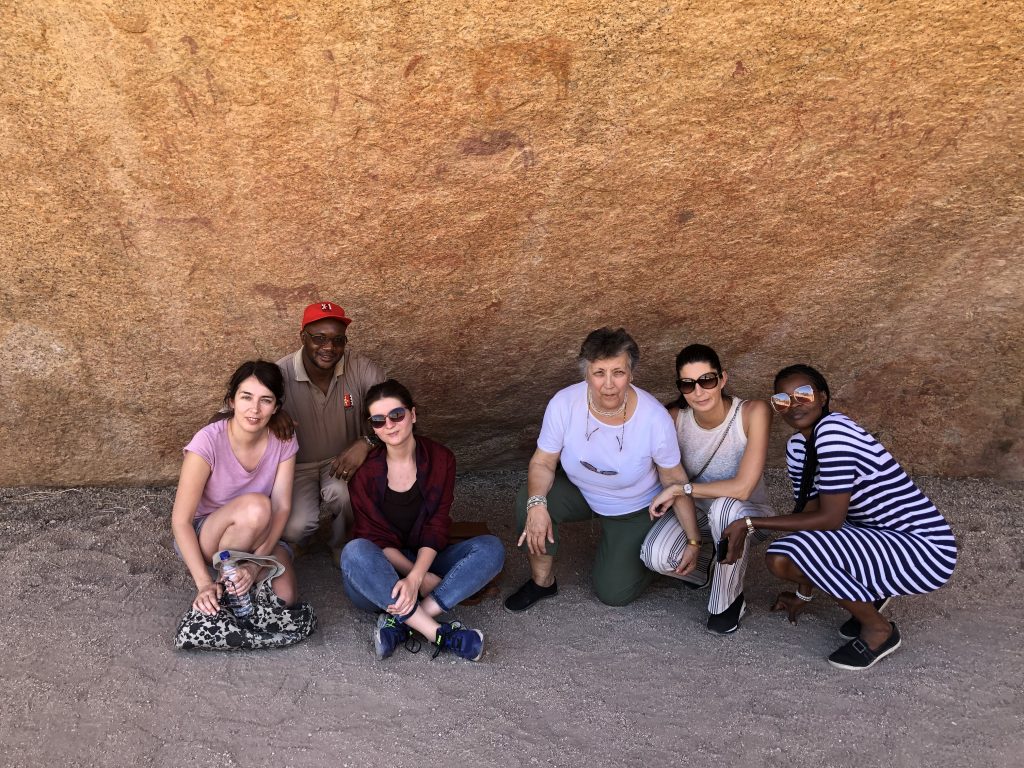
This past year, despite the obstacles caused by the Covid-19 pandemic, was marked by successful cooperation that demonstrated that the MAU realized an important cultural and diplomatic mission. Will your plans be on the trail of previous experiences?
We believe that with this exhibition we have shown the importance of our museum as an instrument in achieving the goals of cultural diplomacy. These two branches, perhaps not so close, can and must work together to, on the one hand, contribute to the promotion of national culture and identity and improving the country’s image, but also facilitate better understanding and knowledge of cultures, customs and arts of other nations and countries. This will pave the road to other economic and political activities and exchanges. The pandemic may have slowed us down somewhat, but it did not stop us from achieving our goals. We are glad that this concept of cooperation was well received by both the audience and the media, but some new ideas for future projects have crystallized. We are currently preparing an online conference dedicated to contemporary African art during the pandemic, and we have established cooperation with similar cultural institutions in Angola, initiated by H.E. Miloš Perišić, the Serbian Ambassador to Luanda.